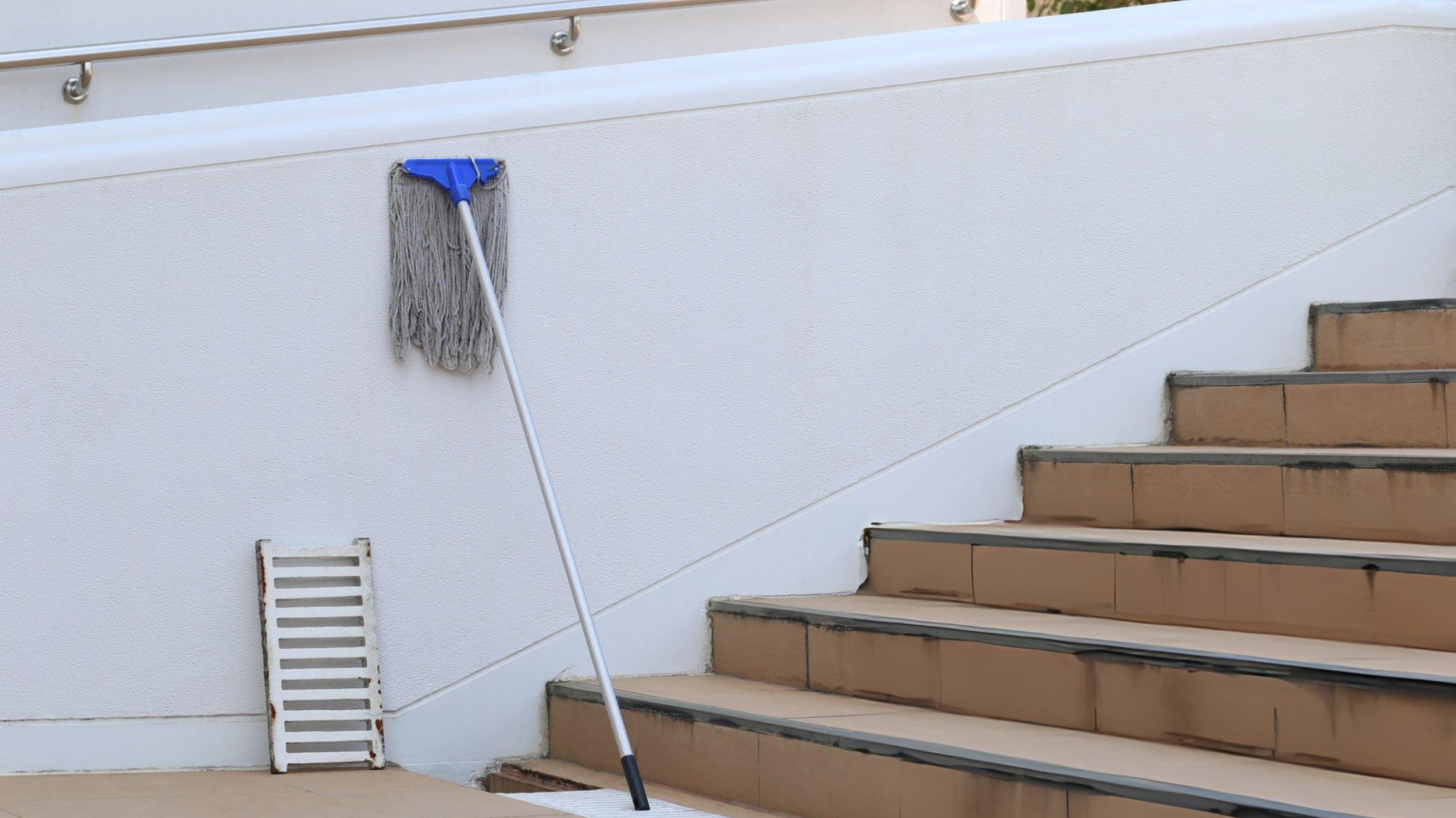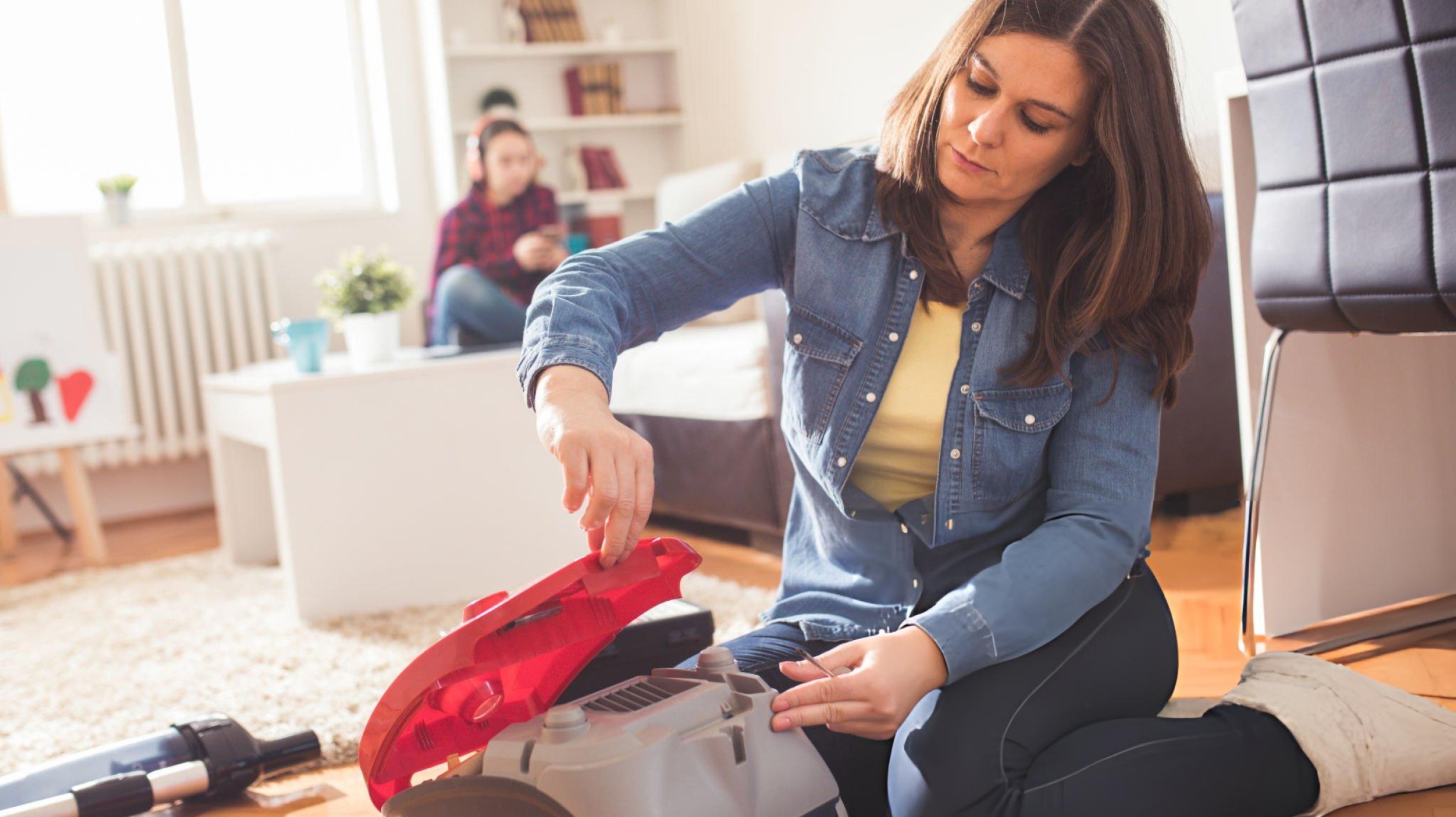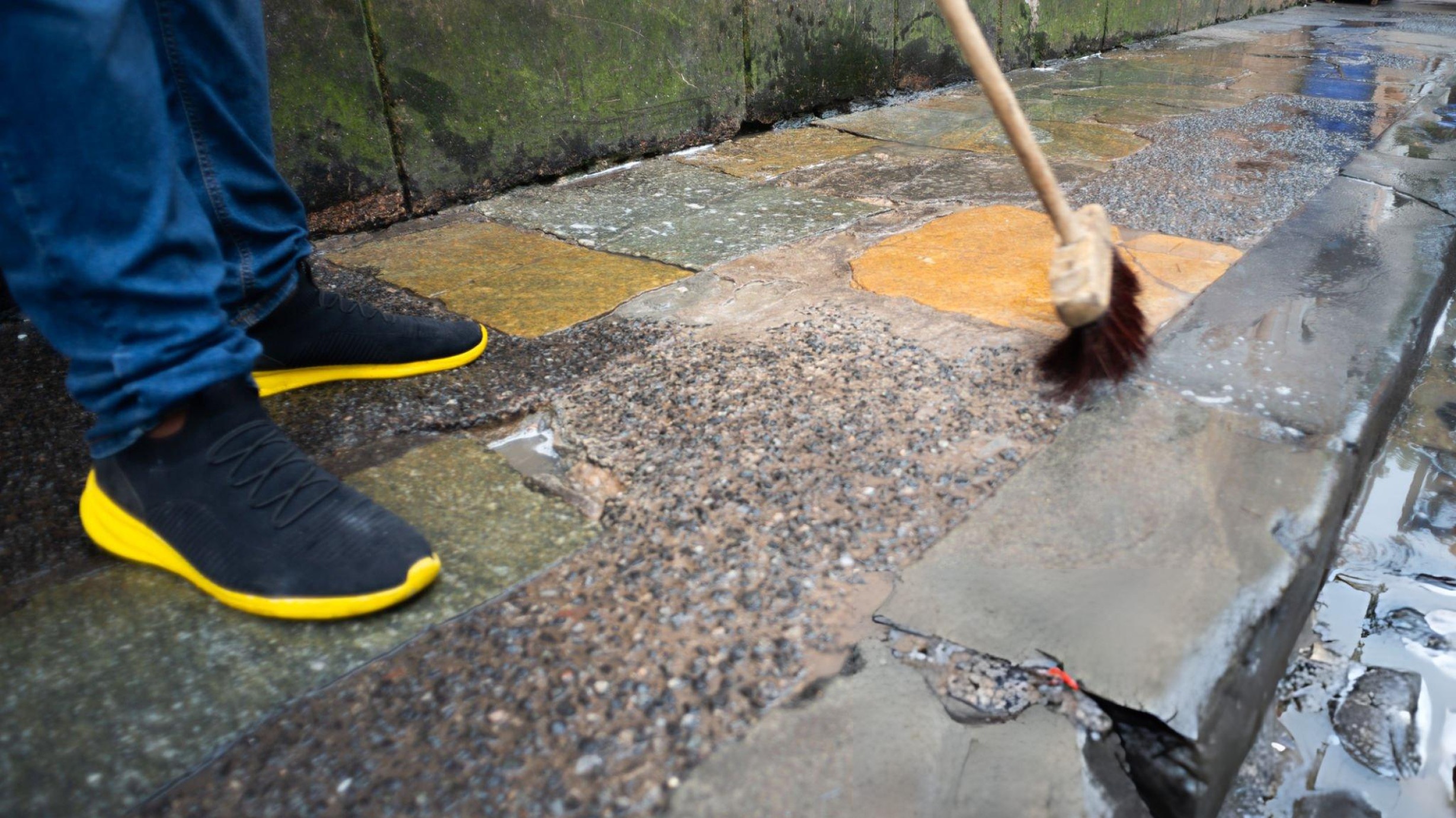A dry mop is an essential cleaning tool designed to keep floors spotless by effortlessly picking up dirt, dust, and debris without the use of water. Often considered a gentle cleaning method, dry mopping can be used frequently to maintain the cleanliness and longevity of various flooring materials. Available in a range of sizes, the dry mop is a versatile option for both home and commercial cleaning needs.
Different types of dry mops cater to specific floor surfaces and materials, making it crucial to choose the right one for your needs. Using a dry mop is generally a straightforward process, often replacing the need for sweeping and reducing the frequency of deep cleaning. This crucial tool enables homeowners and cleaning professionals to maintain spotless, hygienic, and well-maintained floors without as much effort or time.

目录
ToggleDefining a Dry Mop
A dry mop, also known as a dust mop, is a cleaning tool designed for picking up dirt, debris, and dust from hard surface floors without the use of water or any other liquid. Constructed with a long handle and rotating or swivel head, this type of mop allows users to clean floors in an upright position, making it easy and comfortable to operate.
Unlike traditional wet mops, dry mops feature a unique head shape and material construction that enhances their ability to capture and trap dust particles. These mops are particularly useful for maintaining hard surface floors made from materials such as tile, wood, and linoleum.
Using a dry mop is a simple process. First, the mop is swept across the floor surface without any added moisture, allowing it to pick up dirt and dust effectively. This method of dry cleaning ensures that the floor remains free from streaks and watermarks, which can be left behind by wet mopping.
In addition to its dust-collecting capabilities, a dry mop offers several benefits over traditional wet mops. For one, it eliminates the need to use water or chemicals during the cleaning process, resulting in a more eco-friendly and low-maintenance solution. Furthermore, dry mops are generally lighter and more maneuverable, making them an ideal option for quick and efficient floor cleaning.
In summary, a dry mop is a versatile and efficient cleaning tool that provides effective dust and dirt removal on various floor surfaces without the use of water. Its unique design and functionality make it a valuable addition to any household cleaning arsenal.
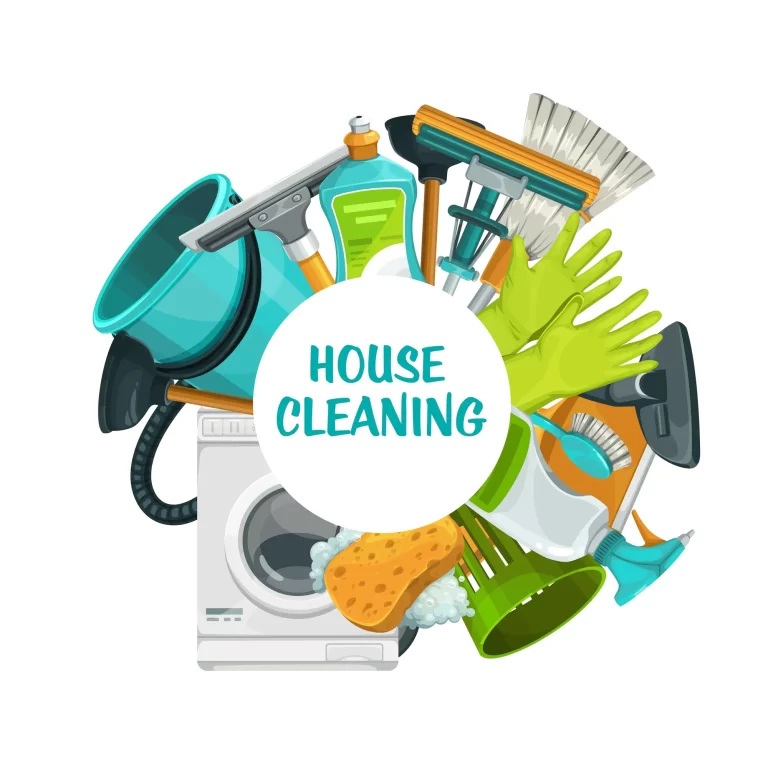
Types of Dry Mops
Flat Dry Mops
Flat dry mops are known for their versatility and ability to clean most types of surfaces. They typically have a flat rectangular head with a reusable or disposable microfiber pad attached. The microfiber material is excellent at attracting and trapping dirt, dust, and allergens, making it an effective cleaning tool for any room in your home.
These mops have an easy-to-use design, often featuring a swivel head that allows for smooth maneuverability around furniture and tight spaces. The reusable microfiber pads are machine washable, ensuring sustainable use and reduced waste. Flat dry mops can be used for daily sweeping or spot cleaning, depending on your needs.
Dust Dry Mops
Dust dry mops, also known as dust mops, are ideal for collecting and removing dust from hard-to-reach areas, such as under furniture or around baseboards. These mops have a wide head with a long, fluffy material designed to capture dust and dirt. Dust dry mops typically make use of a cotton or synthetic blend material, but microfiber options are also available for better dust attraction and retention.
Using a dust dry mop is easy and efficient, as it allows you to cover more surface area with each sweep.
This type of mop works best on hard floors like wood, tile or laminate, as the soft fibers glide smoothly across the surface without causing scratches or damage. Regular use of a dust dry mop can reduce the buildup of dust in your home, improving air quality and preventing potential allergens from accumulating.
In summary, there are two main types of dry mops: flat dry mops and dust dry mops. Each type has its unique features and functions, making them suitable for different needs and applications in your home.
Choosing the right dry mop for your cleaning tasks will result in a cleaner, healthier living space.
The Role of Dry Mops
Home Cleaning
Dry mops play a crucial role in maintaining cleanliness and keeping floors dust-free at home. They are designed for picking up dirt, debris, and dust without the need for water or cleaning solution. Utilizing a dry mop is also an excellent method for maintaining hard surface floors. Additionally, they are easy to maneuver and can reach tight spaces, corners, and under furniture, ensuring comprehensive cleaning.
Commercial Cleaning
In commercial settings, dry mops are indispensable tools for maintaining large surface areas such as warehouses, gymnasiums, and office spaces. They’re available in various sizes, such as 60-inch-wide industrial mops, to cater to different commercial cleaning needs. Unlike brooms, dry mops effectively collect debris while pushing it across the floor and reduce the chances of leaving dust and dirt behind.
Using dry mops prior to wet mopping helps ensure a thorough cleaning process, contributing to a healthier and safer environment.
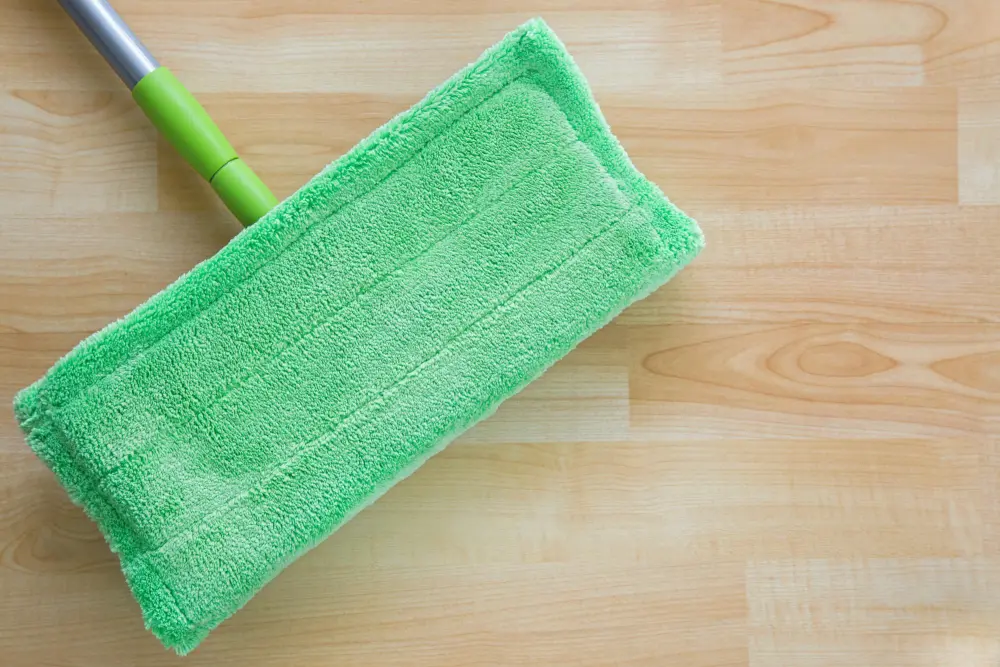
How to use a Dry Mop
Preparation
Before using a dry mop, make sure the mop head is clean and free of debris. If the mop head is reusable, such as a woven cloth type, wash it if needed and allow it to air dry. Assemble the mop handle and head as required.
Mopping
To begin mopping, start at one end of the room and work your way across. Use a gentle, sweeping motion to pick up dust and small particles from the floor. It’s essential to keep the mop in contact with the floor without applying too much pressure. Move the mop in a figure-eight pattern to clean effectively and reach into corners and edges. Regularly check the mop head for collected dirt and clean it as necessary.
Maintenance
Proper maintenance of a dry mop will ensure its effectiveness and longevity. After each use, remove any dirt or debris from the mop head. If the head is reusable, wash it periodically and allow it to air dry.
Replace disposable mop heads as needed. By keeping your dry mop clean and well-maintained, you’ll continue to enjoy easy and efficient floor cleaning.
Choosing a Dry Mop
Material Consideration
When selecting a dry mop, it’s important to consider the material of the mop head. Common materials include cotton and microfiber. Cotton mops are traditional and known for their ability to pick up dust and debris effectively. However, microfiber mops are becoming increasingly popular due to their superior ability to trap dirt particles and their eco-friendly nature.
Size and Shape Factor
Dry mops come in various sizes and shapes to cater to different cleaning needs and spaces. Flat mops feature a flat rectangular head, which is best for reaching underneath furniture and along baseboards.
Loop or string mops have strands or loops, making them ideal for cleaning larger areas and tackling stubborn dirt. Consider the size of your space and any specific cleaning requirements when choosing the size and shape of your dry mop.
Handle Length
Selecting a dry mop with an appropriate handle length is crucial for comfortable and efficient cleaning.
Shorter handles may require more bending and reaching, potentially causing strain and discomfort, while longer handles can offer better reach and control. Adjustable handles are recommended for added versatility, as they can be adjusted to suit the user’s height and preferences.
Remember to consider the material, size and shape, and handle length when choosing a dry mop for effective cleaning results.

Benefits of Dry Mopping
Dry mopping offers numerous advantages when it comes to maintaining cleanliness and hygiene. One of the primary benefits of dry mopping is its ability to effectively pick up dirt, dust, and debris from the floor.
This method of cleaning is suitable for various surfaces, including tile, wood, and linoleum.
Unlike wet mops, dry mops are designed to be used dry, with no water or cleaning solution needed. This feature not only makes them easy to handle but also eliminates the chance of leaving behind wet, slippery floors which may cause accidents. In fact, dry mopping can be performed throughout the workday, helping to maintain a clean and slip-free environment.
Another advantage of using dry mops is their ability to capture and hold dust within the mop material, thereby reducing dust from being swept around the room and settling onto surfaces. This feature can be particularly helpful for individuals with allergies or sensitivities to airborne particulates.
Moreover, using a dry mop can save time and effort, as it eliminates the need for a separate dustpan. After mopping, the dirt can be easily shaken or vacuumed off the mop head, reducing the need for frequent cleaning or replacement of mop heads.
In summary, dry mopping is an efficient and versatile cleaning method that offers various benefits such as effective dirt and dust removal, no wet residue, allergen reduction, and ease of use. It is an excellent option for maintaining a clean and safe environment across different floor surfaces.
Downsides of Dry Mopping
While dry mopping is a popular and efficient way to clean floors, it does have some downsides. One disadvantage is that it may not be as effective in removing stuck-on dirt and grime compared to wet mopping. Dry mopping is generally used for daily sweeping, but more challenging stains and spills may require wet mopping.
Another downside of dry mopping is that it can struggle to remove bacteria and germs from your floors. Unlike wet mopping, which uses water and cleaning agents to disinfect surfaces, dry mopping only lifts dust and small debris. This means that sanitizing your floors would still be necessary, especially in areas prone to bacteria like kitchens and bathrooms.
Lastly, dry mops tend to become clogged with dust and debris after continuous use. As the mop head becomes dirtier, the cleaning process becomes less effective. Regular maintenance is key to maximize the effectiveness of dry mops, such as cleaning them frequently and replacing them when they become overly worn or damaged.
Despite these downsides, dry mopping remains a valuable tool for quick and easy floor cleaning. It offers a convenient solution for maintaining clean surfaces in homes and offices, but its limitations should be considered depending on the specific cleaning needs at hand.
Get more information about cleaning supplies from Jesun!

